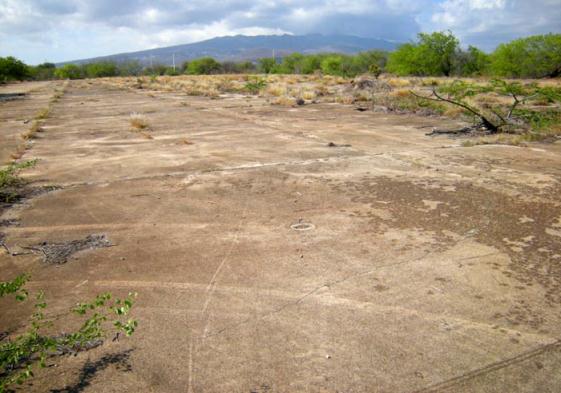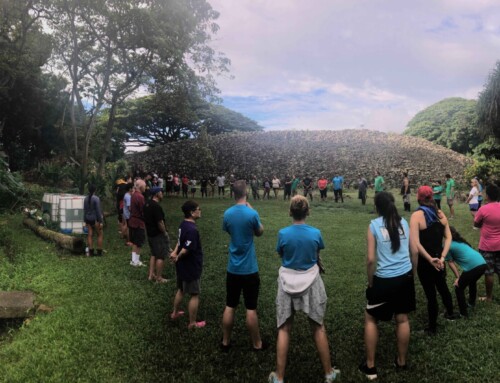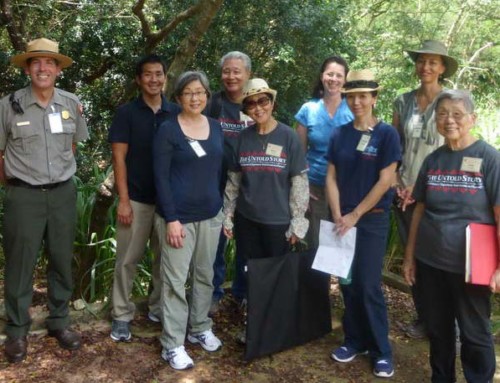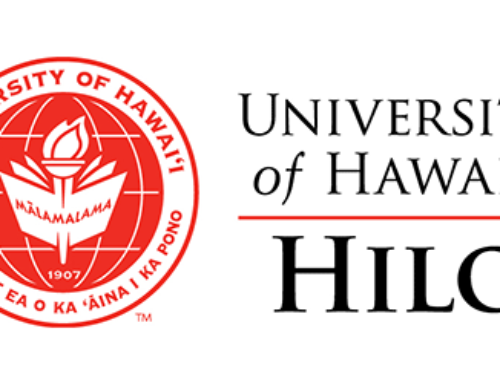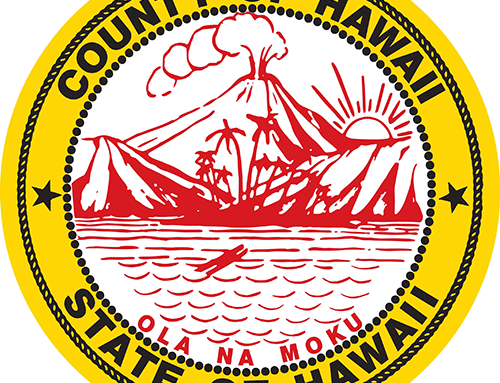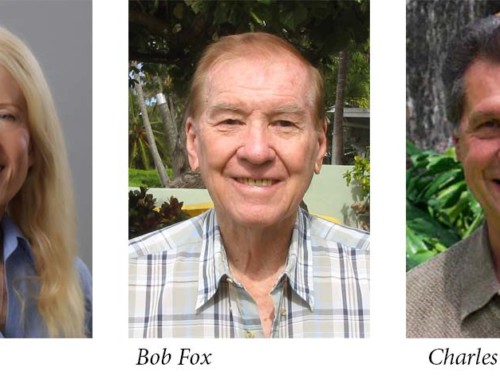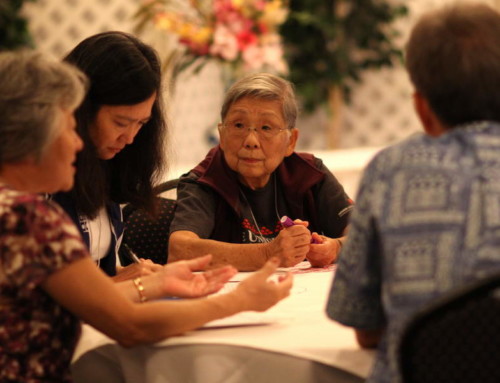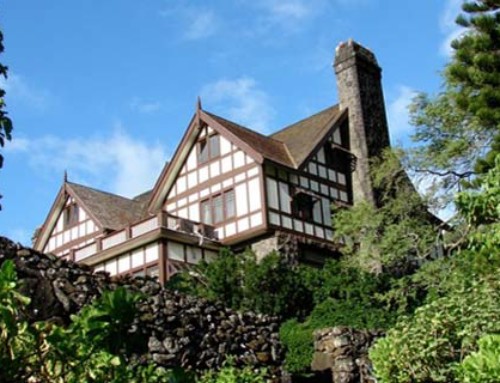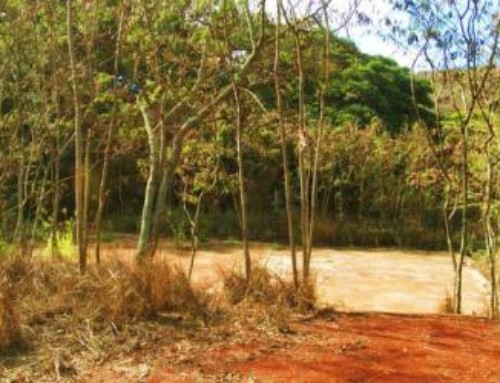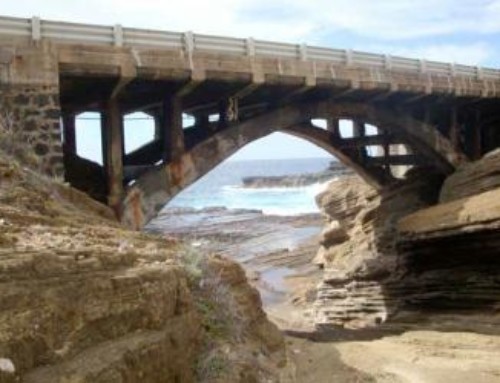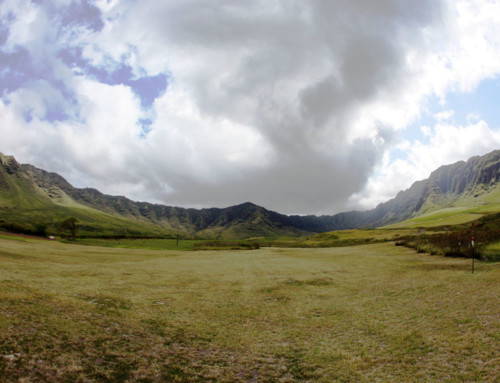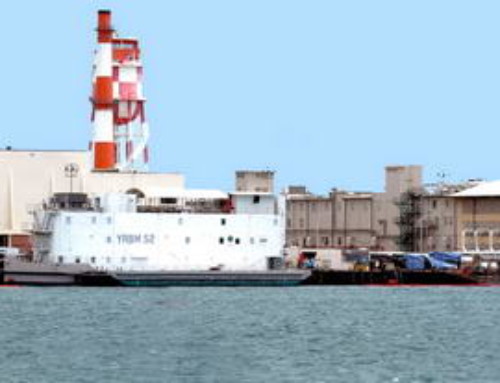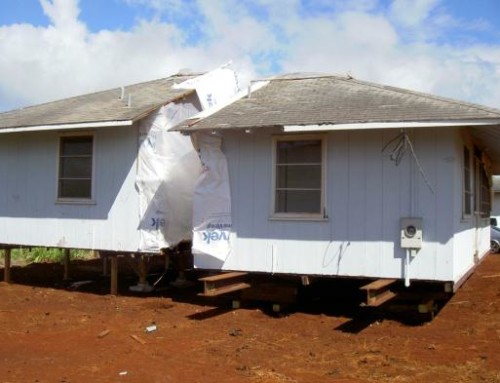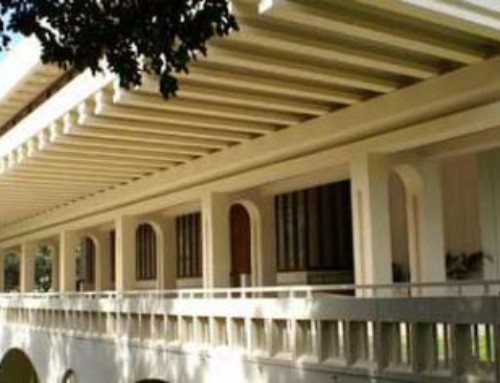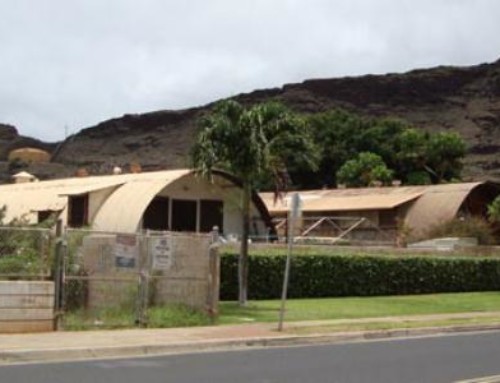By Dee Ruzicka, Mason Architects, Inc.
Navy Facilities Engineering Command Hawai‘i (NAVFACHI) recently released a study investigating the historic significance and integrity of the form Marine Corp Air Station ‘Ewa Field (‘Ewa Field) for its role in the Japanese attack on O‘ahu on December 7, 1941.
“Battlefield Evaluation of Ewa Field and Inventory and Historic Contexts” is a two-part report that analyzes ‘Ewa Field as a historic battlefield site, provides historic background for ‘Ewa Field’s role in the attack, and inventories extant historic features there, including those remaining from the post-attack World War II era. The report concludes that ‘Ewa Field is the site of a significant battle event associated with the December 7 attack.
At the time of the attack, ‘Ewa Field was the base for a Marine Corps Aircraft Group. The Japanese attack damaged or destroyed over 30 aircraft, and four Marines died at ‘Ewa Field as a result of the attack. The report further finds that ‘Ewa Field retains sufficient integrity as a battlefield site to make it eligible for the National Register of Historic Places, albeit with significant compromises to its historic integrity.
Most of the supporting buildings and structures that existed on December 7, 1941 are gone. As a result, some of the defining features of the station and the battlefield are no longer extant. The runways themselves are still present, although in many areas damaged by vegetation. A key extant feature retaining integrity is the 300′ x 960′ concrete aircraft warm up platform that contains strafing marks and attack damage from 1941. This pad held parked aircraft that were the primary target for Japanese aircraft.

Courtesy of Mason Architects, Inc. and AECOM.
The battlefield evaluation drew upon methods initially developed for Civil War Battlefields and specifically focused on battlefield preservation. These were refined with guidance by the American Battlefield Protection Program to employ military terrain analysis to identify key battlefield features. The battlefield study was authored by AECOM’s Charlottesville, VA office and Mason Architects, Inc. of Honolulu. The study is available for download in the Resource Center Library.


